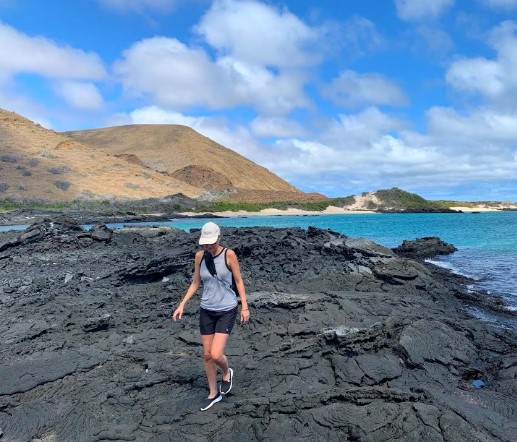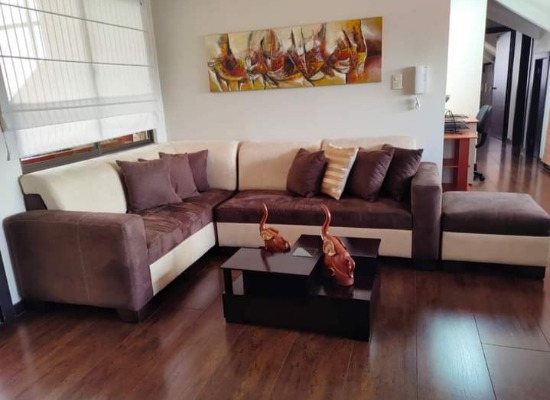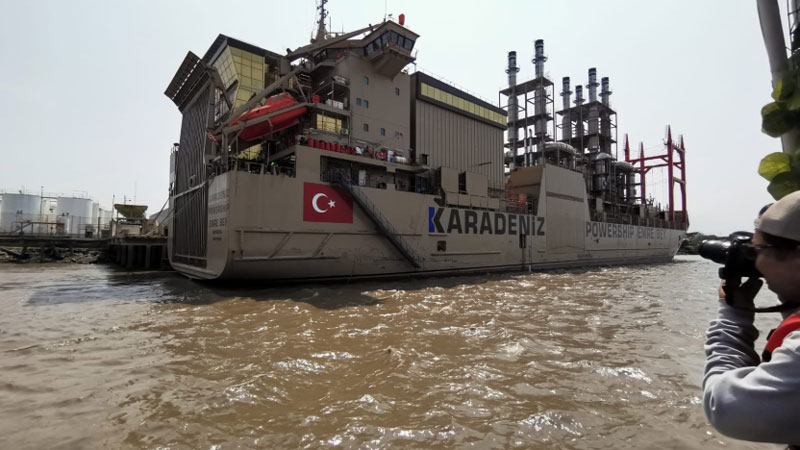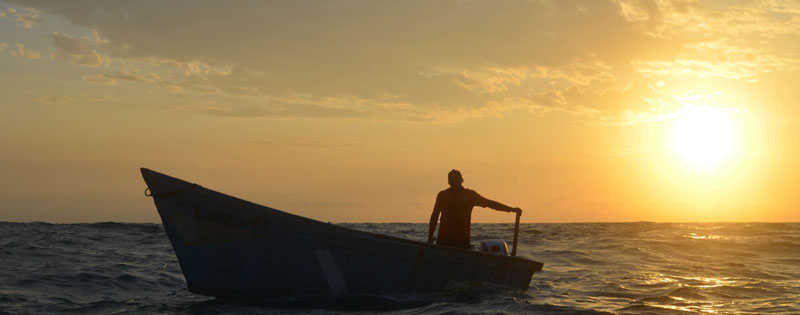First-timer’s guide to the Galápagos Islands

The Galapagos Islands, 1,000 kilometers off the shore of mainland Ecuador, is one the world’s top tourist destinations.
By Bianca Bujan
From the adrenaline rush of snorkeling nose-to-nose with white-tipped reef sharks to the wonder of watching up-close as blue-footed boobies perform mating dances on the sand, visitors can experience firsthand how locals coexist in harmony with the creatures of the Galápagos Islands – home to the rarest and most diverse species found in the world, and the inspiration behind Darwin’s Theory of Evolution.
There, time stands still, animals rule, and people delight in close encounters with wildlife, as there are no natural predators for the animals to fear. And beyond the one-of-a-kind wildlife viewings, there’s so much more to explore. In order to fully embrace a journey to the Galápagos Islands, it’s important to go properly prepared.

Good walking shoes are highly recommended, even for short walks in the islands.
What to pack
From the jagged, jet-black lava fields of Santiago Island, to the powdery-soft beaches of Mosquera Islet, the landscape varies greatly throughout the Galápagos Islands, so proper footwear is fundamental. Sturdy, waterproof sandals will be required for wet landings, and lightweight runners or hiking boots will provide the proper support and protection from the rocky, uneven surfaces encountered during dry land hikes.
Weather waxes and wanes throughout the day, so prepare for both warm and wet environments. While the temperatures aren’t typically tropical, high-SPF sunscreens, protective sunglasses and neck-shading sun hats are essential, as the proximity to the equator means it can be easy to burn – even on cloudy days.
For long days on the water, manage motion sickness with a patch or over-the-counter pills and pack a small first-aid kit filled with essential medications that you may need while out at sea. Bug repellent isn’t mandatory, but it might help to prevent bites during longer inland explorations.
Shorts and t-shirts will suffice on most days, however, a light raincoat and sweater will provide comfort on wetter days and cooler mornings. Avoid slipping on soggy swimsuits by packing a few, as the night air can be humid and swimming and snorkeling are sure to occur several times throughout the day.
For swimming and beach excursions, water shoes are recommended.
Most importantly, bring a fully-charged camera with back-up batteries to capture the stunning scenery and fantastic flora and fauna found throughout the islands – many of which are unique only to this part of the world.
How to get to the Galápagos Islands
There are two stopover cities to choose from when traveling through Ecuador’s mainland en route to the Galápagos Islands: Quito or Guayaquil. While both are stunning cities, Guayaquil is Ecuador’s largest city, has more frequent direct flights to the islands, and is closer in proximity. Airline serving the route are Latam and Avianca. Avianca also offers flight to the islands but these could be discontinued due to low demand.

Puerta Ayora on Santa Cruz Island offers all the tourist amenities including good seafood restaurants and a lively night life.
There are two major airports on the Galápagos Islands: Seymour Airport (serving the island of Baltra), and San Cristobal (found on the island of Cristobal). The arrival and departure airport will depend on the location of the cruise departure or land accommodation site.
Before entering the area, a mandatory park fee must be paid by both visitors and Ecuadorian residents. Non-residents pay $200 and residents pay $30.
Where to stay
Water-loving wanderers often opt for a stay aboard a cruise ship or on one of the eco-friendly yachts, but there are land-based accommodations available as well.
While cruising tends to be the more common choice, a land-based stay offers a well-rounded option, providing visitors with opportunities to connect with the local people and culture, experience close encounters with the land-bound wildlife more frequently, and enjoy a restful sleep – ideal for those prone to seasickness, or guests looking for breaks to settle their sea legs.
For a more affordable land-based option, Puerto Ayora provides hostel-style accommodations, however day trips and excursions to attractions found throughout the islands will need to be booked separately.
The islands offer a number of high-end lodgings. Two that consistently receive excellent reviews are Fench Bay and Pikaia Lodge, both on Santa Cruz island. Both hotels offer world-class amenities, including spas and private beaches, as well as tours and tailored to guests, including day excursions on luxury yacht
What to see and do
For island visits, the guidance of a certified tour guide is mandatory. This can be arranged through cruise excursions or as a part of a hotel package. Wildlife viewing is a must, but the islands also offer adventure spots beyond the ocean’s edge.
Observe giant Galápagos tortoises in the wild and learn about the history of the significant species at El Chato Tortoise Reserve, found on Santa Rosa. Afterward, explore the underground world of the islands by creeping through the on-site lava tube caves.

Life is ‘easy in the islands’ at Puerta Ayora.
Head to Academy Bay and mingle with locals at the waterfront fish market and then stroll through the artisanal shops and purchase cacao treats, lava-laced jewelry and locally-grown coffee beans during a visit to town.
Then, hike along stunning stone pathways to Tortuga Bay and watch as black marine iguanas run along the white sandy beach. Head past the unswimmable Playa Brava and kayak with sea turtles and sharks at the hidden bay of Playa Mansa, found just beyond a mass of mangroves that line the shore.
________________
Credit: Lonely Planet

















